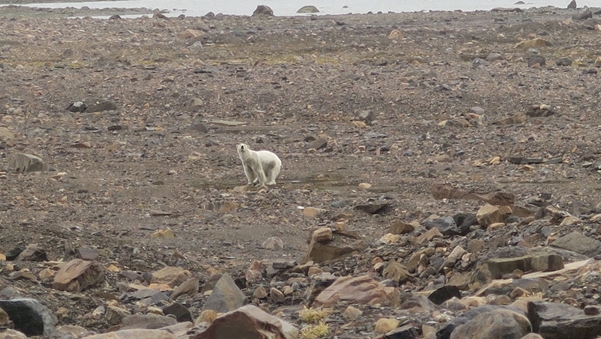Though fieldwork is the ultimate reward for many geologists, it is also hard work. The planning and reporting phases are long and draining, with confusion, frustration, deadlines, and headaches. The actual fieldwork itself is the most hectic and stressful time of all.
The days are long, and there is constant stress to find good outcrops, to get enough data, and to take care of safety concerns. After a well-deserved dinner, the next day’s weather forecast is the only thing you care about before bedtime. But at the same time, dinner never tastes better than after a day in the field.
The thrill of finding good outcrops, the satisfaction of paging through a full book of field notes, and the intermittent glimpse of sunshine, makes it all worth it. As a whole, fieldwork seasons have so far been the most cherished and memorable parts of my PhD.
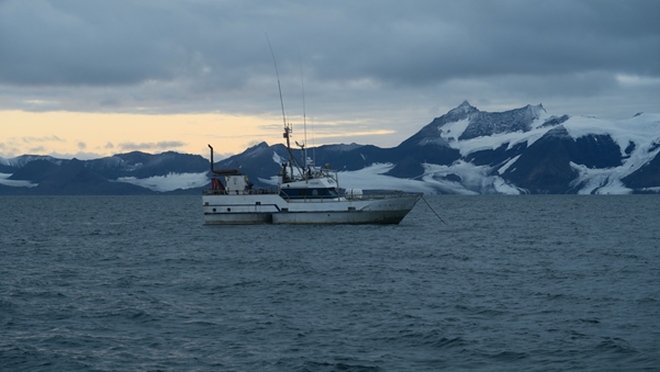
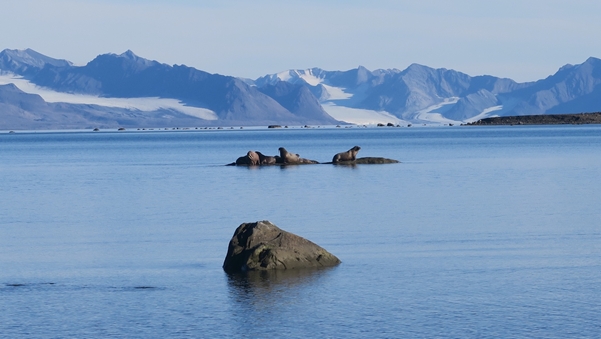
This years’ field campaign was a 13-day trip to the westernmost part of Svalbard on the island of Prins Karls Forland. We travelled by boat, which functioned as our home, restaurant and safe haven from weather and aggressive wildlife during the stay. The goal was to collect structural and sedimentological data from the Forlandsundet Basin in order to propose a tectono-sedimentary evolution for the area.
The Forlandsundet Basin contains sedimentary rocks of Eocene to Oligocene age, some places highly deformed, allowing us to study the specifics of how the rifting process took place on the western margin of Svalbard. My focus was mostly on the structural and tectonic aspect of the work, and my colleague from Tromsø, Max, was the designated sedimentologist.
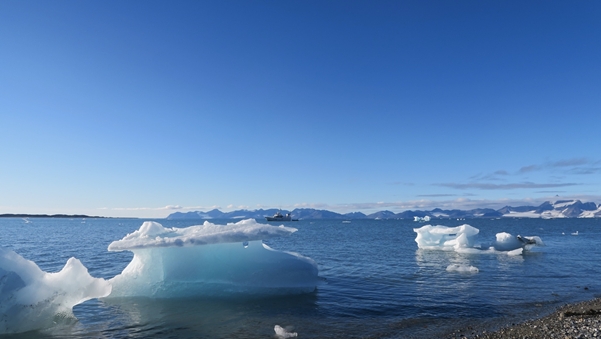
Last year’s field trips were blessed with peaceful and few polar bear interactions, all at a comfortable distance. This year, however, we were less lucky. Two of our field days were cut short when polar bears showed up, causing us to evacuate the area. We were happy to have access to our trusted boat and were able to evacuate quickly each time. We were even able to move to different locations in both cases, not wasting more than half a day each time.
Close-up polar bear encounters (see picture 6) are always in the back of our minds when working on Svalbard, and I’m happy to say that it pays off to constantly be on guard. Though the situations are dramatic and stressful when they happen, we were able to enjoy the presence of a magnificent animal and appreciate the experiences both times.
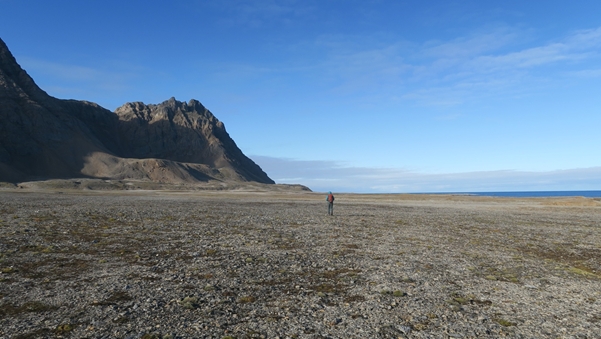
Polar bears certainly pose a disadvantage to the work progress, as we get weighted down by heavy gear, constantly needing to keep an eye out, and must stay in tight-knit groups the whole time. However, one of the main advantages to doing fieldwork on Svalbard, is the great outcrop exposure. Little vegetation, as well as usually excellent stratigraphic control, make it easy to find areas of interest.
Also, much of the fieldwork is done in the good company of exotic (and less dangerous) wildlife including whales, walrus, seals, reindeer, and arctic fox, as well as crowds of busy birds trying to finish all their bird-related business before winter returns.
Fieldwork conducted from expensive research vessels in difficult-to-reach locations would not have been possible without the generous help from the DEEP research grant. Thank you so much for a wonderful opportunity, I am so happy to now have the dataset needed to complete my PhD, allowing me to concentrate on the final phase of my work – writing and submitting. I can happily report that I am feeling more motivated than ever to get back to the office!
